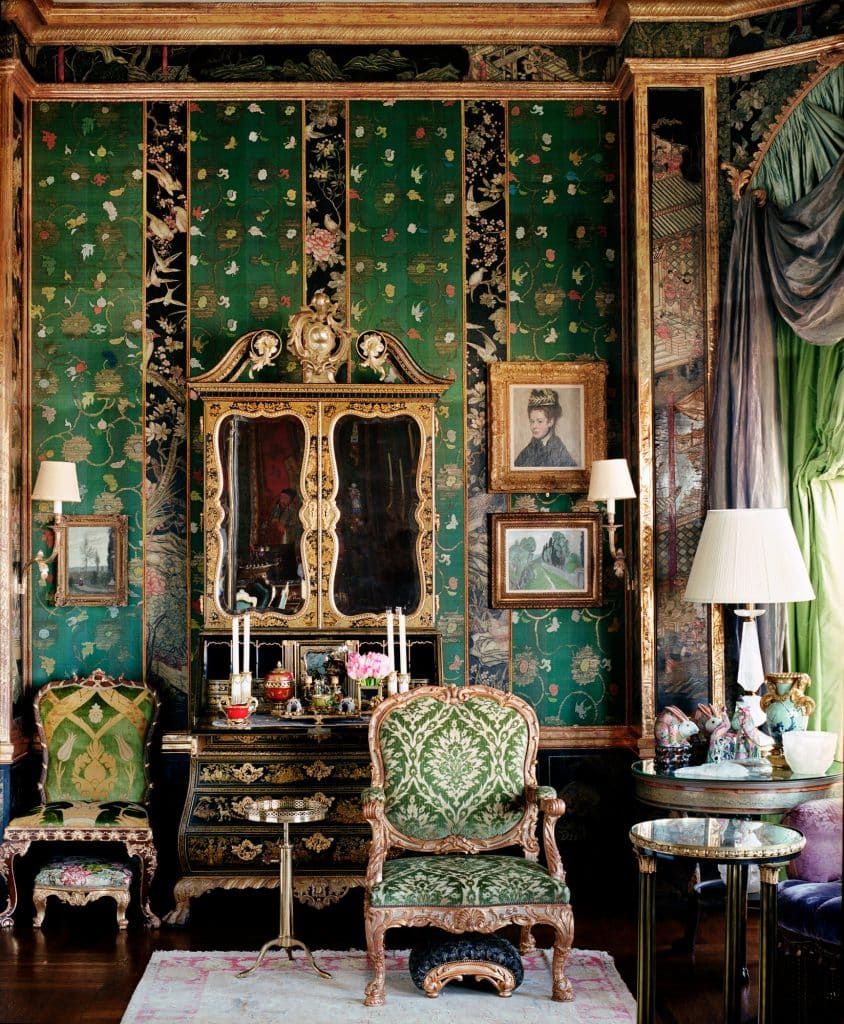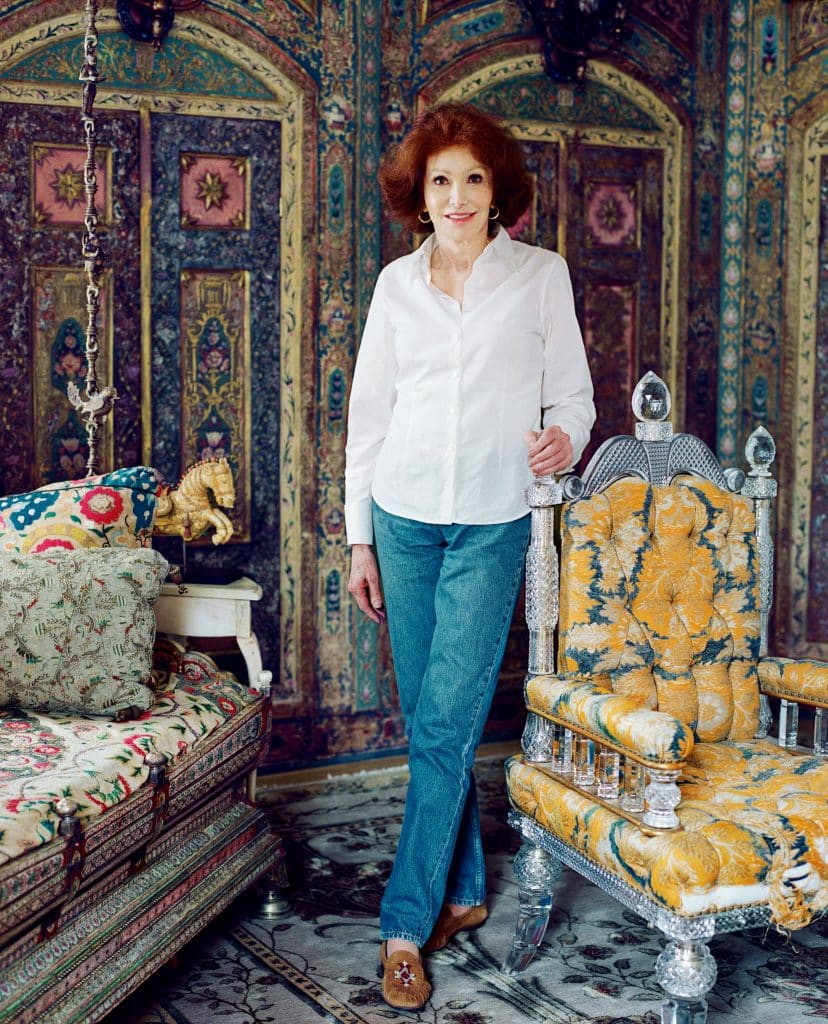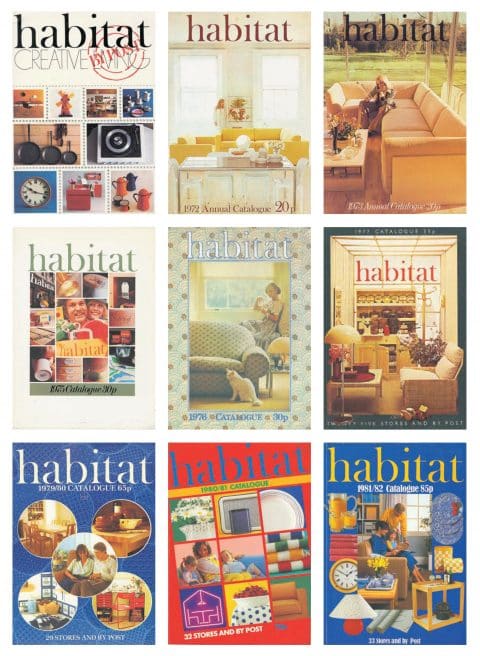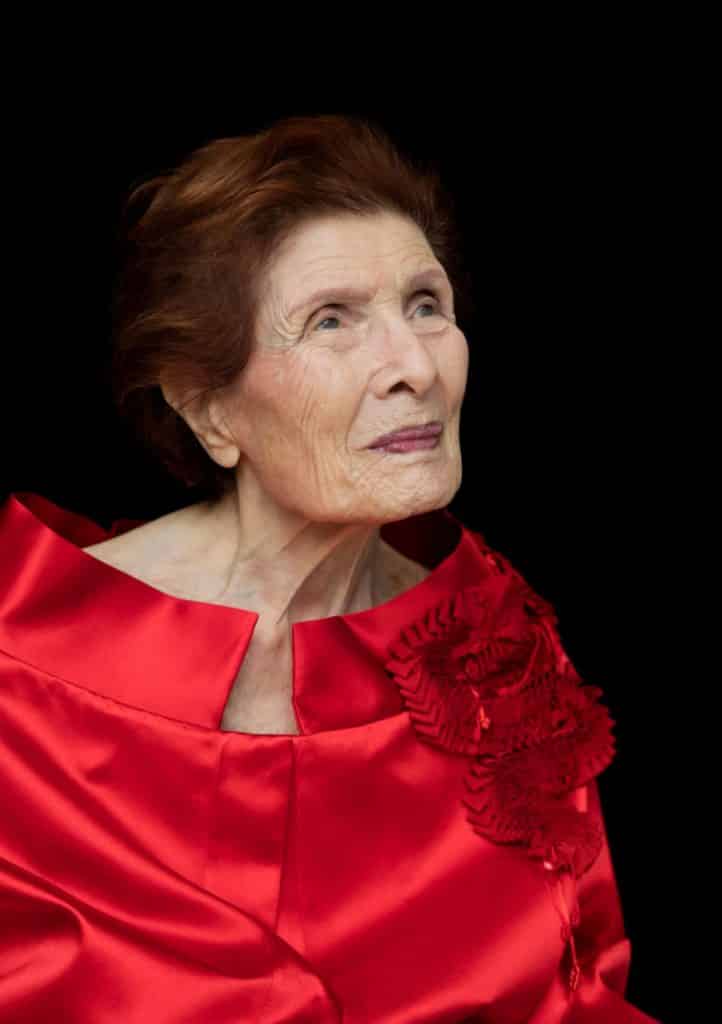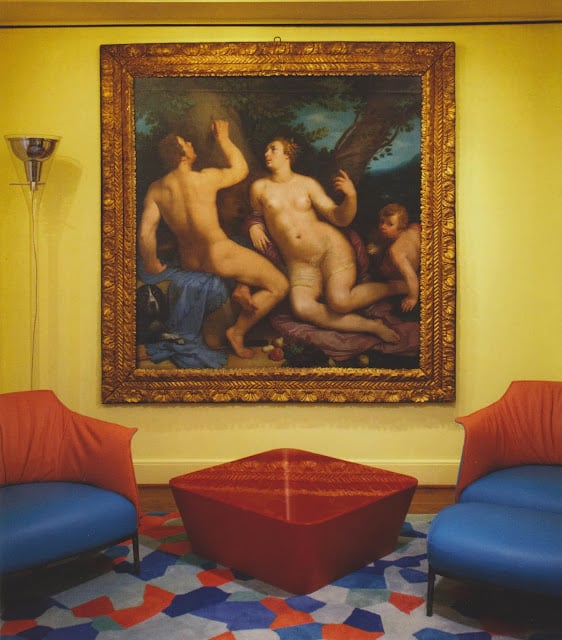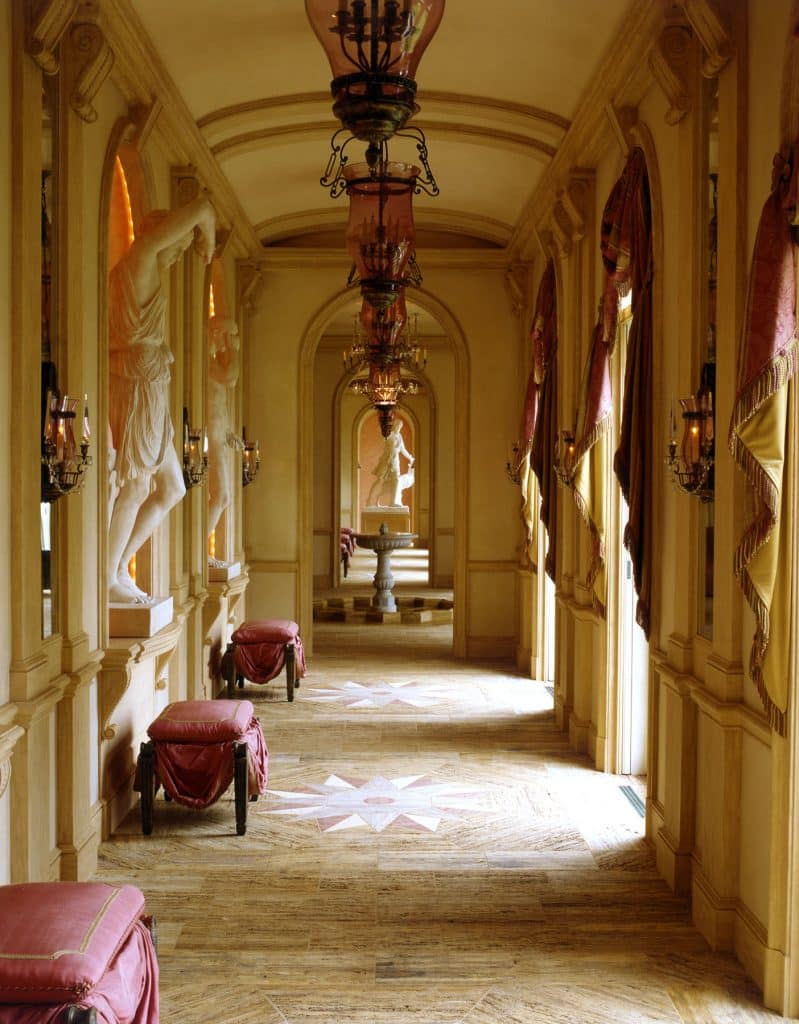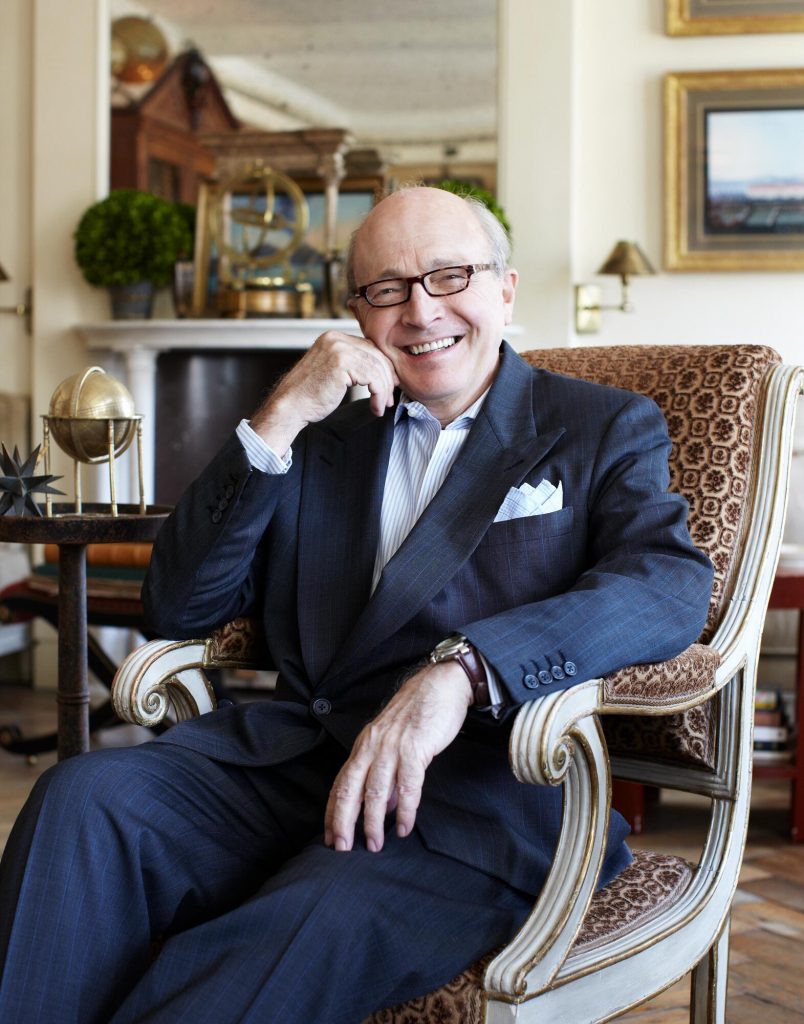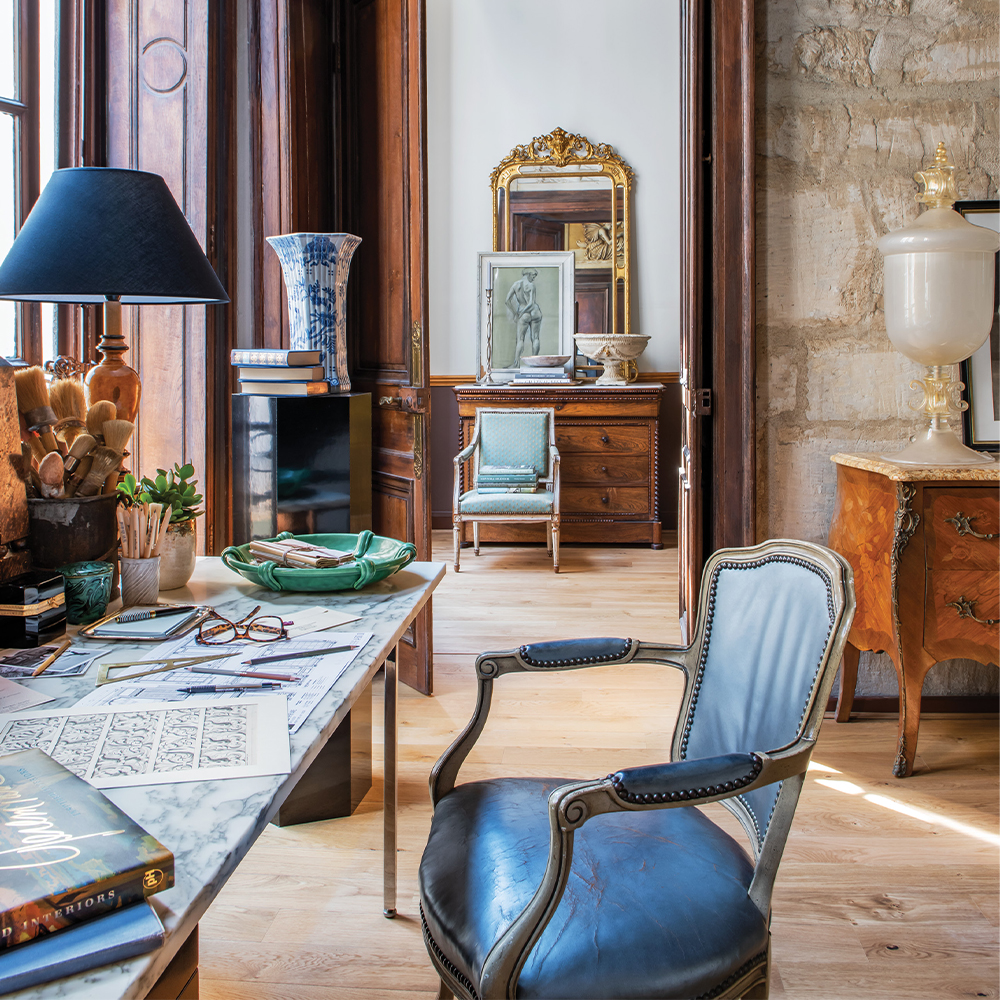December 20, 2020It’s a profound understatement to say that 2020 has been a year of loss. COVID-19 has taken the lives of more than a million and a half people worldwide, while others, of course, have died from causes unrelated to the pandemic.
The past 12 months have brought the deaths of so many who have shaped us as individuals, some intimately close — a parent, a spouse, a friend — and some admired from afar, personal heroes whose creativity, vision and wit endeared them to us and brought their ideas into our lives and homes.
The design community has lost several such leading lights this year. Here, we celebrate a handful of those talents, whose efforts — from creating a brilliantly simple children’s puzzle to founding a multinational design empire — will continue to be a source of joy for years to come.
Christian Liaigre
1943–2020

Before Christian Liaigre became a furniture designer, in the 1980s, he worked for his grandfather as a horse breeder, and his appreciation for barn wood and saddle leather stayed with him.
His minimalist pieces could be rough (like his cracked wooden stool resembling an African totem) or smooth (like his pale lavender sofas). They were luxurious but not showy, comfortable but never slouchy.
With his interiors for Paris’s Hôtel Montalembert, in 1990, and New York’s Mercer Hotel, in 1997, the well-mannered perfectionist showed what rooms filled with his creations could look like. Liaigre’s residential clients included Karl Lagerfeld and Calvin Klein, both of whom knew a thing or two about design, as does the Mercer’s owner, André Balazs, who called Liaigre’s style “sensual simplicity.” He died in September at the age of 77. — Fred A. Bernstein
François Catroux
1936–2020
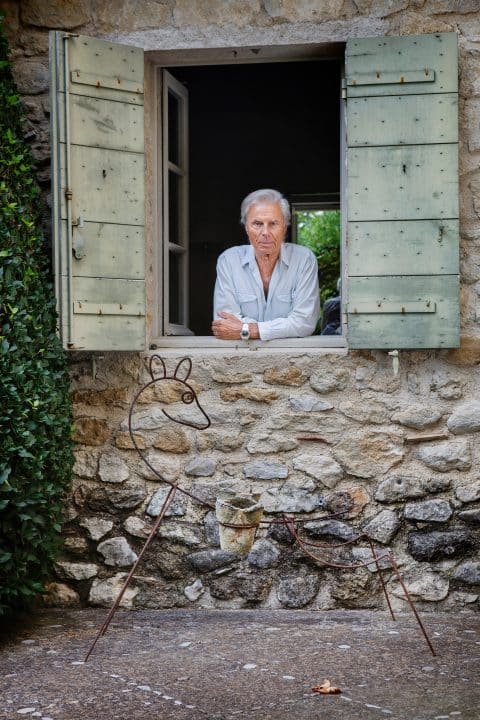
François Catroux tended to avoid publicity. According to the interior designer and writer David Netto, who finally persuaded the jet-setting interior designer to do a monograph in 2016, “The people who needed to know, knew.”
The Algerian-born grandson of a French general and a Spanish heiress, Catroux had the good looks of a star de cinéma and in-crowd connections (his wife, Betty Catroux was a YSL muse). He also had an instinctive flair for luxury, which, paired with his preference for mod chic, made him an instant hit among trendsetters. He began his career in 1963 and, under the influence of clients like Marie-Hélène de Rothschild, soon mastered a style that would have suited Louis XIV.
However, as the designer of choice for the world’s superrich, including moguls like Barry Diller and Diane von Furstenberg, he could manage any style brilliantly. As von Furstenberg wrote in the introduction to the 2016 monograph, “To live in a Catroux interior makes you forever thankful.” The 83-year-old designer died of a brain tumor in November. — F.A.B.
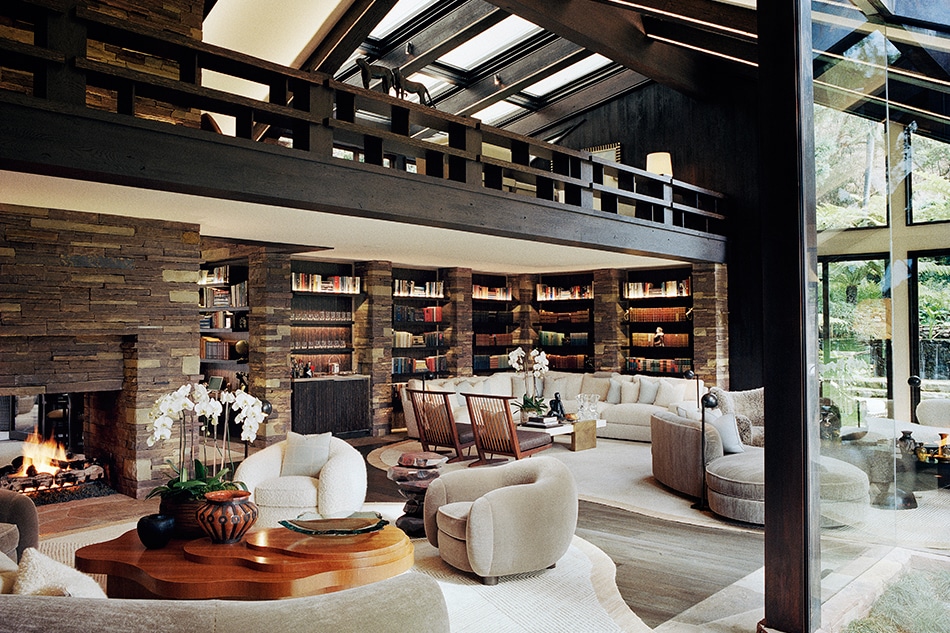
Milton Glaser
1929–2020
Milton Glaser may be best known for a 1977 doodle that became his hometown’s unofficial slogan: I ♥️ NY. But the Bronx-born graphic designer had many other successes during his nearly 70-year career.
In the 1950s, American graphics tended toward a Swiss-influenced precision. Glaser, however, pulled from the whole of art history for his designs, inspired by his studies with the painter Giorgio Morandi while on a Fulbright scholarship in 1952. His famous Bob Dylan poster, a landmark of the psychedelic age, was inspired by a Marcel Duchamp self-portrait and the jewel-like colors of Islamic art.
A cofounder of New York magazine, he went on to design for scores of other publications, and in 2009 he was awarded the National Medal of Arts. “There are three responses to a piece of design — yes, no and wow!” he said. “Wow is the one to aim for.” Glaser rarely, if ever, missed the mark. He died of a stroke on his 91st birthday in June. — F.A.B.
Ann Getty
1941–2020
Ann Getty grew up in California farm country and studied anthropology and biology at UC Berkeley before marrying Gordon Getty, son of the oil tycoon J. Paul Getty, in the 1960s. Inspired by her father-in-law’s legendary collection, Getty developed a love of art and antiques that led her to start her own residential interior design firm, Ann Getty & Associates, in San Francisco in the ’90s.
Although she thought of herself as a shy person, she threw herself into her profession. “She’s not at all an ivory tower,” one former client, Trevor Traina, told Introspective in 2010. “My fondest memories were of her sprawled on the floor of our construction site surrounded by drawings.” She delighted in French and English antiques, as well as Chinese porcelain, and the Ann Getty House Collection, her line of period-inspired furniture, took its cues from the antiques in her own home.
Her best projects are collected in the 2012 Rizzoli book Ann Getty: Interior Style. Design, however, was only one of her many interests. Her career included work as a paleoanthropologist, a book publisher and a wide-ranging philanthropist. She died of a heart attack in September at age 79. — Liz Logan
Terence Conran
1931–2020
Born in 1931, and blinded in one eye as a teenager, Terence Conran had the timing — and vision — to market cheerfully modern furnishings in Britain after years of grim wartime austerity. Following a visit to Sweden, he introduced the duvet to England, a move he cheekily said promoted “liberated sex and easy living.”
By the late 1980s, the prolific entrepreneur owned 900 stores, under the names Habitat and the Conran Shop. He also ran an architectural design firm, wrote dozens of books (among them, Conran on Color and Terence Conran: My Life in Design) and founded London’s estimable Design Museum. He was a successful restaurateur, to boot, opening more than 50 establishments that made dining out a total aesthetic experience. Conran died at age 88 in September. — F.A.B.
Enzo Mari
1932–2020
An industrial designer and artist, Enzo Mari was known for his deceptively simple forms as well as his colorful critiques of commercialism. Although he disdained mass production — objects could be sold for “cheap because of the blood of the people,” he said — he nevertheless conceived products for Italian companies like Danese, Artemide and Alessi, which made design available to a wider audience after World War II.
His iconic pieces include Putrella, a platter made from a bent piece of an I beam; a graphically bold perpetual calendar; and a puzzle composed of 16 animals jigsawed from a single piece of oak, beloved by generations of Italian children. He received Italy’s highest honor for industrial design, the Golden Compass, several times. Mari, who died at age 88 in October, is among a number of Italian design luminaries who have succumbed to COVID-19, including Luigi Feltrin, founder of the furniture brand Arper, and architect Vittorio Gregotti. — L.L.
Hester Diamond
1929–2020
Hester Diamond lived many lives over the course of her 91 years. In the 1950s and ’60s, she and her husband, Harold Diamond, were private dealers of modern art. She then became a prodigious collector in her own right, of modern masterpieces — Picassos, Brancusis and Légers — and, later, of Old Masters, helping to found two organizations dedicated to advancing art history: the Medici Archive Project and Virtual Images of Sculpture in Time and Space (VISTAS).
In the ’70s and ’80s, she took up interior design, dauntlessly mixing antique furniture with contemporary art well before such a hybrid approach was in vogue. A 2008 article in T: The New York Times Style Magazine likened her Manhattan living room to a “postmodern cocktail party set in a 16th-century Florentine church.” Her younger son, the Beastie Boys rapper Mike D, told Bloomberg in October, “It really is something that’s rare in our world, that we have people like my mom, who are so comfortable in their own point of view.” Diamond died of breast cancer in January. — L.L.
David Easton
1937–2020
An architect and interior designer, David Easton was renowned for the opulent English-style mansions he designed for the ultra wealthy in the 1980s. His most famous project was Albemarle House, in Charlottesville, Virginia, owned by billionaire John Kluge and his wife, Patricia.
Easton filled the 23,000-square-foot, 45-room manor with English and European antiques. He had a vast knowledge of — and love for — Regency furniture, Chinese antiquities, Delft pottery and Roman statuary. He began his career in the ’60s, working for the furniture designer Edward Wormley and then deepened his expertise at the legendary interior design firm Parish-Hadley.
Despite the dignified style of his decor, Easton had a notoriously fun-loving personality, throwing birthday parties for clients’ pets and Valentine’s Day dinners for friends. He died in October of complications of dementia at the age of 83. — L.L.


